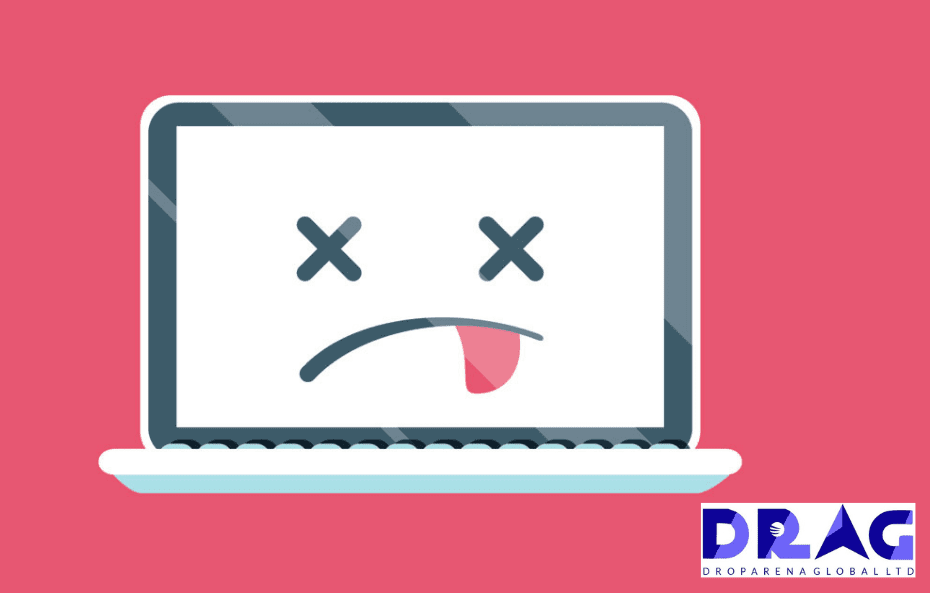Your website is often the first impression potential customers have of your business. A well-designed, functional website can turn visitors into loyal customers, while a poorly designed one can drive them away. However, many businesses—both small and large—make common website mistakes that hinder their online success. In this article, we’ll explore some of these mistakes and how to avoid them, ensuring your website delivers the results you need.
1. Slow Page Load Times
One of the most common and damaging website mistakes is slow loading pages. In today’s fast-paced digital world, users expect websites to load within seconds. If your site takes too long to load, visitors will likely leave before they even see your content.
How to Avoid It:
- Optimize Images: Ensure images are compressed and optimized for the web without losing quality.
- Use Browser Caching: Store elements of your site locally in users’ browsers to reduce load times on repeat visits.
- Minify CSS, JavaScript, and HTML: Streamline your code to remove unnecessary characters, comments, and spacing.
2. Poor Mobile Responsiveness
With over half of web traffic coming from mobile devices, having a mobile-friendly website is no longer optional—it’s essential. A site that looks great on desktop but is difficult to navigate on a smartphone will frustrate users and drive them away.
How to Avoid It:
- Responsive Design: Ensure your website is built using a responsive design, which automatically adjusts to fit various screen sizes and orientations.
- Mobile Testing: Regularly test your site on different devices and screen sizes to ensure it functions well on mobile.
3. Complicated Navigation
Visitors should be able to find the information they’re looking for quickly and easily. If your website’s navigation is cluttered, confusing, or buried under multiple layers of menus, it can frustrate users and lead them to abandon your site.
How to Avoid It:
- Simplify the Menu: Keep your navigation menu simple and easy to understand. Prioritize the most important pages, such as services, contact, or shop.
- Breadcrumb Navigation: Use breadcrumb navigation to help users see their path through your site and easily return to previous pages.
- Search Bar: If your site has a lot of content, consider adding a search bar to allow users to quickly find what they need.
4. Lack of Clear Call-to-Actions (CTAs)
A website without clear call-to-actions (CTAs) can leave visitors unsure of what to do next. Whether you want them to sign up for a newsletter, make a purchase, or contact you, your CTAs need to be visible and persuasive.
How to Avoid It:
- Place CTAs Strategically: Position your CTAs in prominent areas, such as at the top of pages, within the content, or at the end of blog posts.
- Use Actionable Language: Phrases like “Get Started,” “Sign Up Now,” or “Buy Now” prompt users to take immediate action.
- Make CTAs Stand Out: Use contrasting colors and clear fonts to ensure your CTAs catch the user’s attention.
5. Outdated Design
An outdated website design can make your business appear less credible or trustworthy. Trends in web design change quickly, and a site that looks like it hasn’t been updated in years can deter potential customers.
How to Avoid It:
- Modern, Clean Layout: Opt for a clean, modern design that is visually appealing and easy to navigate.
- Regular Updates: Schedule regular updates to your design and content to keep it fresh and in line with current trends.
- Consistent Branding: Ensure your website’s colors, fonts, and overall design are consistent with your brand’s identity.
6. Unclear Value Proposition
Your value proposition—the reason visitors should choose your product or service over competitors—should be clear from the moment someone lands on your website. If users have to search to understand what you offer, they’re more likely to leave.
How to Avoid It:
- Concise Headline: Use a clear, concise headline that explains what you do and how you can solve your customers’ problems.
- Supporting Subheadings: Provide more detail in your subheadings, and use bullet points to quickly communicate your main benefits.
- Showcase Testimonials: Use social proof, such as customer testimonials or case studies, to reinforce your value.
7. Broken Links and Errors
Broken links, 404 errors, and missing pages can frustrate users and negatively impact your site’s SEO. These errors suggest that your site isn’t properly maintained, which can reduce trust in your business.
How to Avoid It:
- Regular Maintenance: Regularly audit your website for broken links and other issues.
- Use Redirects: If a page has been removed or updated, use a 301 redirect to guide users to the correct page.
- Error Monitoring: Set up error monitoring tools to quickly identify and fix any issues that arise.
8. No Clear Contact Information
Making it difficult for visitors to contact you is a major mistake that can lead to missed opportunities. Visitors should be able to find your contact information quickly and easily.
How to Avoid It:
- Dedicated Contact Page: Include a dedicated contact page with multiple ways to get in touch, such as a phone number, email address, and contact form.
- Live Chat: Consider adding a live chat feature to provide immediate support and answer questions in real time.
- Footer Information: Display your contact information in the footer of every page for easy access.
9. Not Optimized for SEO
Without proper search engine optimization (SEO), your website may not rank well on search engines, meaning potential customers may never find you. Ignoring SEO is one of the most common mistakes businesses make.
How to Avoid It:
- Keyword Research: Use relevant keywords in your content, headings, and meta tags to help search engines understand what your site is about.
- Mobile Optimization: Ensure your site is optimized for mobile devices, as search engines like Google prioritize mobile-friendly websites.
- Internal Linking: Use internal links to help users and search engines navigate your site.
Conclusion
Avoiding these common website mistakes can significantly improve user experience, increase engagement, and drive more conversions. Whether you’re just starting out or revamping an existing site, taking the time to optimize for usability, SEO, and performance will ensure your website works as a powerful tool for your business.
Ready to take your website to the next level? Contact us at DRAG, and let us help you create a high-performing website that avoids these common pitfalls and sets you up for success. Don’t forget to follow us on Twitter and LinkedIn for more web design tips!

